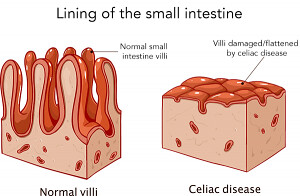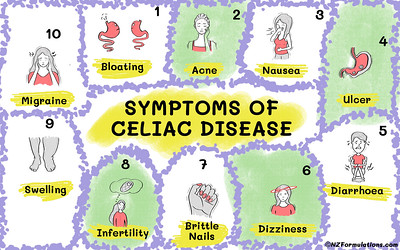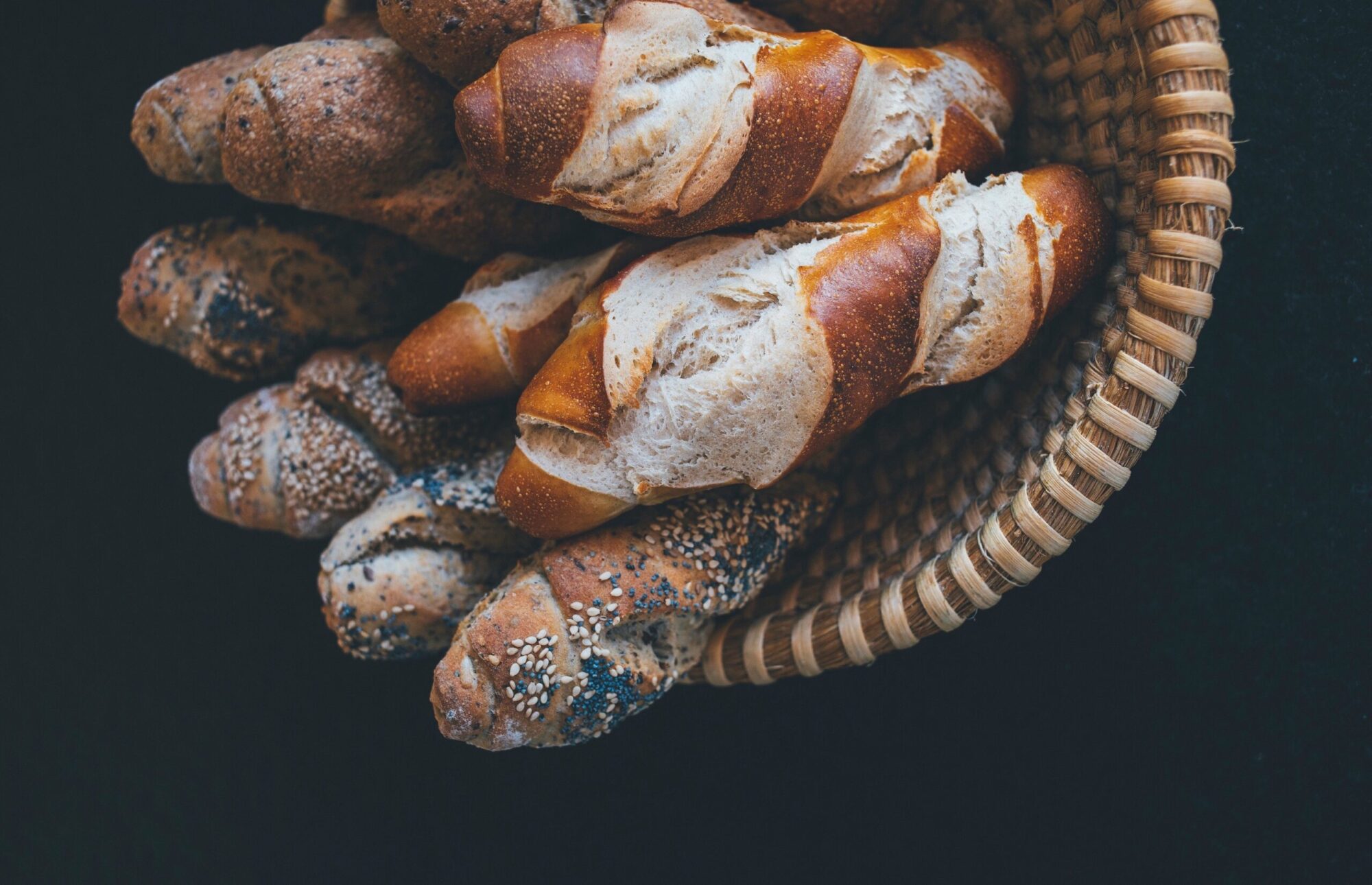
What is Celiac Disease?
Celiac Disease is a genetic autoimmune disease where the body lacks the ability to break down the proteins found in wheat, barley, and rye. This can be triggered by the consumption of whole grains. Consuming wheat, barley, and rye can lead to the damage of the small intestine causing malabsorption from the damaged villi found in the small intestine.

Symptoms of Celiac Disease include: abdominal cramping, anemia, severe bloating, brain fog, diarrhea, joint pain, thin bones, skin rashes, etc. If not taken care of, some long term effects include weak bones, infertility, more autoimmune disease, and malnutrition. If you have a family member that has Celiac Disease it is important to get tested especially if you are experiencing the symptoms listed above.
https://www.health.harvard.edu/diseases-and-conditions/celiac-disease

The most accurate test is an endoscopy. However, before the endoscopy there is a celiac blood test. The normal result range is 0-3, if it is any higher, it is a positive blood test. As of now, there are no cures for this disease other than eating a strictly gluten-free diet.
Celiac Do’s and Don’ts
Safe Foods:
- Fresh Fruits and Vegetables
- Corn
- Buckwheat
- Beans, Seeds, Flax, Legumes, Soy
- Eggs, Lean Meat, Fish, Poultry
- Millet, Quinoa, Rice, Wild Rice
- Low Fat Dairy

Non-Safe Foods
- Barley
- Wheat
- Rye
- Whole Grain Oats (Grown in the same field with Barley, Wheat and Rye).
- Malt
- Beer, Whiskey, Sake
- Baked Goods
- Most Breakfast Cereal
- Fried Foods
- Factory Processed Food (cross contamination)

My Story
At the age of sixteen I was diagnosed with Celiac Disease. It was something I had all my life and I was lucky to have been diagnosed so young. On average many people do not get diagnosed until their late forties or until the damage is irreversible. I remember being so sick I could barely function. I was sleeping all the time. I could never truly keep food down. Everything I ate made me violently ill. It wasn’t until I was throwing up blood that the doctor decided to immediately do an endoscopy on me. He took many samples of my digestive track and found the signs of celiac disease. He told me my body was in such a state of fight or flight that my organs were fighting each other to stay alive and I had more white blood cells than red in my lab results. Once I got the Celiac blood test done it was apparent that I did in fact have Celiac Disease. As I mentioned above, the normal range for that test is 0-3, mine was at thirty. I immediately had to change my diet in order to give my organs a break and so I could feel normal again. It is definitely not easy. I deal with a lot of food anxiety going out to eat or going to family functions where there will be food. As time went on with the help of my family and therapist, food has become less intimidating.
